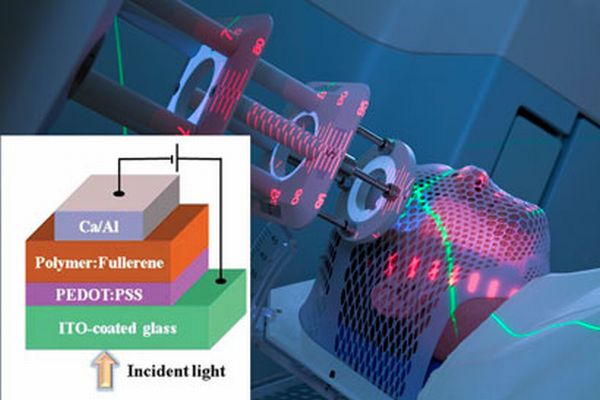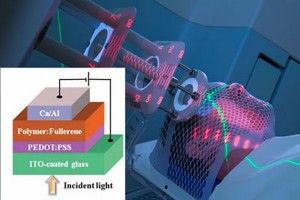Science fiction comes to life with the latest nanodevice that sits underneath the skin and converts near-infrared (NIR) light energy into electrical power. This is a promising wireless electrical power source for biological nanorobots for use within the human body, say scientists in Taiwan.
The nanodevice is an organic photovoltaic device (OPV) designed by Fang-Chung Chen and his team from National Chiao Tung University, in Hsinchu. OPVs are more commonly known for their applications in solar cell technology converting sunlight into electricity.

Here, Chen has developed an OPV device that uses NIR light, enabling the energy conversion to occur underneath the skins surface as biological tissues are highly transparent to NIR light. Made up of several layers; including indium tin oxide (ITO)-coated glass, anodic buffer, polymer/fullerene-mixed layer and calcium/aluminium cathode, the device is small, the shape of a fibre, and is ideal for a biological environment.
Science fiction comes to life with the latest nanodevice that sits underneath the skin and converts near-infrared (NIR) light energy into electrical power. This is a promising wireless electrical power source for biological nanorobots for use within the human body, say scientists in Taiwan.
The nanodevice is an organic photovoltaic device (OPV) designed by Fang-Chung Chen and his team from National Chiao Tung University, in Hsinchu. OPVs are more commonly known for their applications in solar cell technology converting sunlight into electricity.
Here, Chen has developed an OPV device that uses NIR light, enabling the energy conversion to occur underneath the skins surface as biological tissues are highly transparent to NIR light. Made up of several layers; including indium tin oxide (ITO)-coated glass, anodic buffer, polymer/fullerene-mixed layer and calcium/aluminium cathode, the device is small, the shape of a fibre, and is ideal for a biological environment.
Source: Rsc

 Follow
Follow